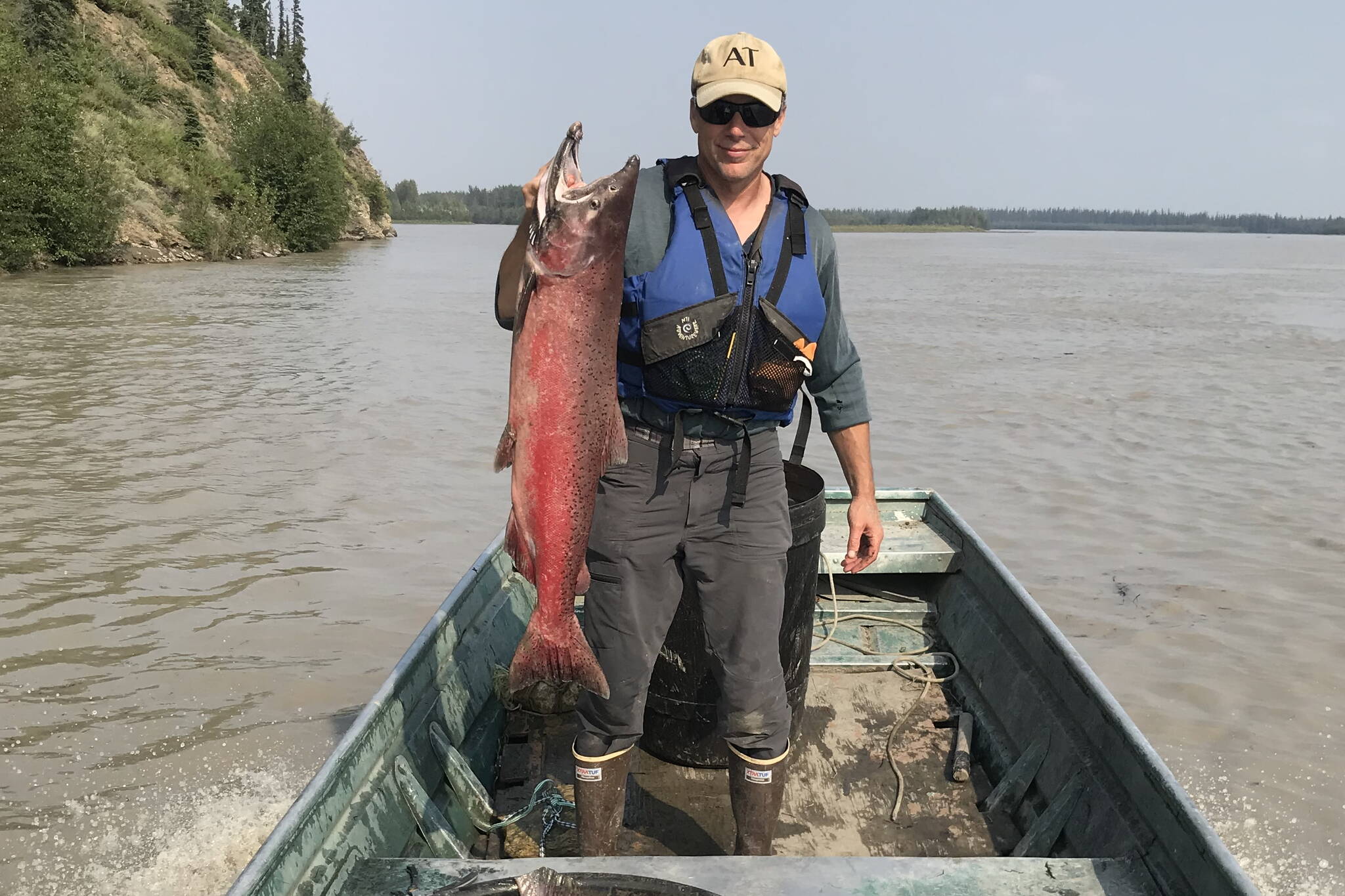In December 2006, I sat in a similar carpeted room in this city and listened to scientists talk about an Alaska-size chunk of sea ice that was no longer floating on the northern oceans compared to previous years.
That meant that the “refrigerator of the northern hemisphere” was much less powerful than it had been in recent decades, said Mark Serreze, director of the National Snow and Ice Data Center in Boulder, Colorado. That failing fridge is part of the reason our world has become warmer.
This week, scientists here at the Fall Meeting of the American Geophysical Union rolled out their 18th version of the Arctic Report Card, a series of essays and data about environmental changes on top of the world put together by people at the National Oceanic and Atmospheric Association and featuring the work of many Alaska scientists.
In 2023, the jigsaw puzzle of sea ice floating on the world’s northern oceans was the sixth lowest during the 45 years we’ve been able to view it with satellites. The ice’s extent has dropped each summer since that first Arctic Report Card in 2006.
Though that fact is really significant — northern sea ice is not anywhere near the reflective cap it was half a century ago, which allows open water to absorb heat — it was not the main focus of the five panelists who presented the Arctic Report Card.
The first news item announced to the assembled writers: In 2023 the land area north of the Arctic Circle experienced the warmest summer ever recorded. In addition, sea-surface temperatures in the north continued to warm, Canada had its worst wildfire season ever, snow cover continues to decline and the northern tundra is greener than it was before.
This year, the editors also chose a new topic of particular interest to Alaskans: the crash of chum and Chinook salmon in the Yukon and Kuskokwim rivers, along with simultaneous record numbers of sockeyes harvested in Bristol Bay in 2022.
Daniel Schindler, a fisheries expert with the University of Washington, was on the podium here in San Francisco to discuss perhaps the most-noticed recent change in the natural history of Alaska.
Chinook salmon, also known as kings, began declining in Alaska’s largest and second-largest river systems in 2000. By 2022 (2023 data is not in yet), Chinook numbers had declined 80 percent when compared to the 30-year average. Last summer, no one on the Yukon River could fish for Chinooks. Alaska Native people have caught and eaten salmon for at least 12,000 years.
Chum salmon started to decline a bit later than Chinooks, but that almost infinite-seeming source of protein has also nearly vanished. The latest counted population of chums is 92 percent below the 30-year average. As is the case with Chinooks, no one has been able to fish for chums the past few years.
In an essay written about Alaska salmon that was part of the Arctic Report Card, Erik Schoen of the University of Alaska Fairbanks International Arctic Research Center wrote about how Bristol Bay sockeye had a population explosion during the last decade: The number of fish peaked last year at 98 percent above the 30-year mean.
How can a few species of salmon take such a hit while another is exploding? The answer to both questions is warmer water.
Chinook salmon spend just one year in their birth streams before venturing to the ocean, where they live for 1-5 years before returning to spawn in the same waterways.
When those Chinooks return as adults encounter warmer-than-average water in the Yukon River, they are more likely to fall to heat stress or disease and fewer of their offspring survive, Schoen said.
Newborn chum salmon head right into the ocean, which in its new warmer state does not feature the same abundance of tiny creatures salmon like to eat, amid other changes.
“The ocean hasn’t been a good place for them,” Schindler said at the press conference.
Sockeye salmon might be benefiting because they spend the first year or two of their lives in Alaska lakes before heading out to the ocean. With warmer air temperatures, lake ice is disappearing earlier and plankton and other fish food are more abundant. This allows sockeye to become larger and healthier until they head for the ocean, where they grow for a few years before returning to lakes.
Things seem to be so good in those lakes that most young sockeyes are now departing for the ocean as one-year olds, rather than staying in the lakes two years, Schoen wrote.
The changes scientists predicted here so long ago just keep coming, and new ones emerge.
“It’s crazy times, and nobody knows what will happen next,” Schoen said from Fairbanks in an email. “Will Yukon and Kuskokwim kings evolve to spawn later in the year when the rivers are cooler, like they do in the lower 48? Will sockeye get a foothold and take off in the Yukon like they have in Bristol Bay and the Kuskokwim?”
• Since the late 1970s, the University of Alaska Fairbanks’ Geophysical Institute has provided this column free in cooperation with the UAF research community. Ned Rozell is a science writer for the Geophysical Institute.

